How to Choose the Right Alloy Solution Used for Die Casting Molds?
LK Die Casting Machine / 2024-11-01 16:55:04
Alloy solution is the raw material for die castings. Die-casting machines need to use different molds to make castings. The process is to inject alloy solution into the mold under high pressure and wait for it to cool and solidify into the desired shape. The quality of the alloy solution is the key to the quality of die castings. Therefore, it is very important to understand the characteristics of different alloy solutions.
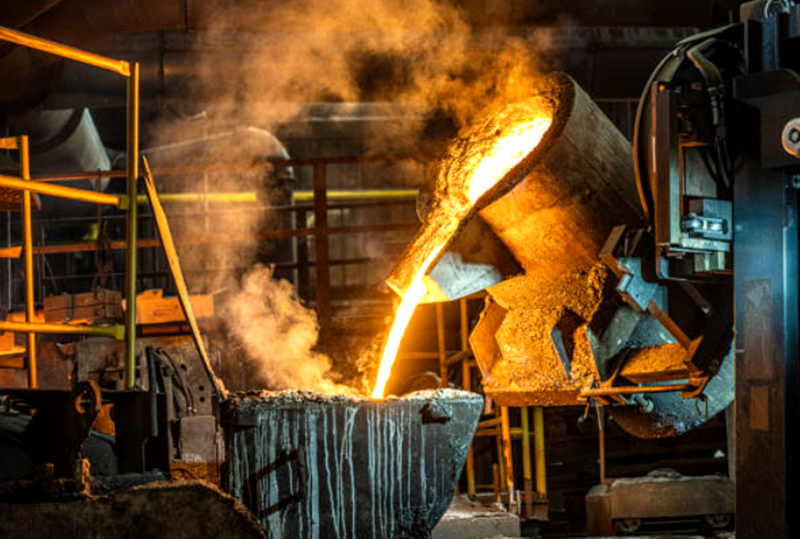
Types of Alloy Solutions
The alloy solutions used in die-casting machines are mainly divided into several categories, and the common ones are as follows:
Aluminum alloy:
Aluminum-silicon alloys, such as A380 and A383, have good fluidity and corrosion resistance and are suitable for complex-shaped castings.
Aluminum-copper alloy: such as A205, has high strength and good wear resistance, suitable for applications requiring high strength.
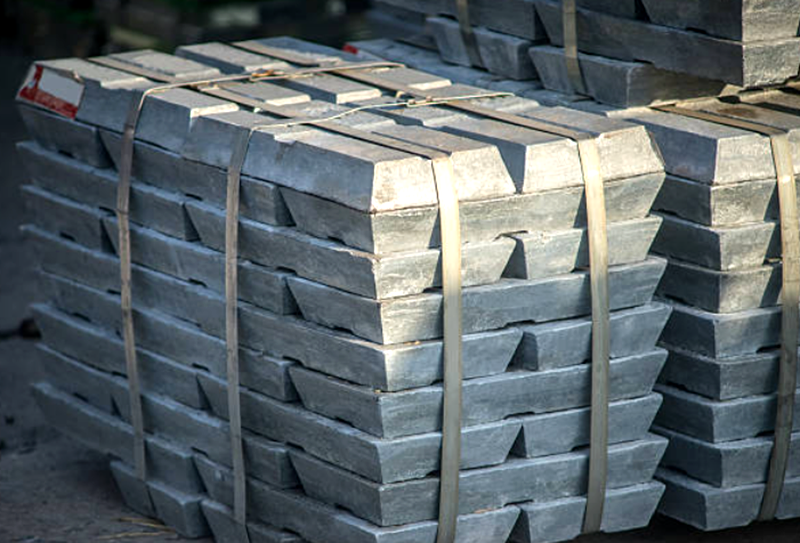
Zinc alloy:
Zinc-aluminum alloy: such as ZA-12, has good fluidity and corrosion resistance and is often used in automotive parts and electronic housings.
Cadmium-zinc alloy: suitable for high strength and high wear resistance requirements.

Magnesium alloys:
such as AZ91D, and AM60, have the characteristics of lightweight and high strength and are often used in aerospace and automotive industries.

Copper alloy:
such as cast copper and brass, has excellent conductivity and corrosion resistance, and is often used in electrical and water pipe fittings.
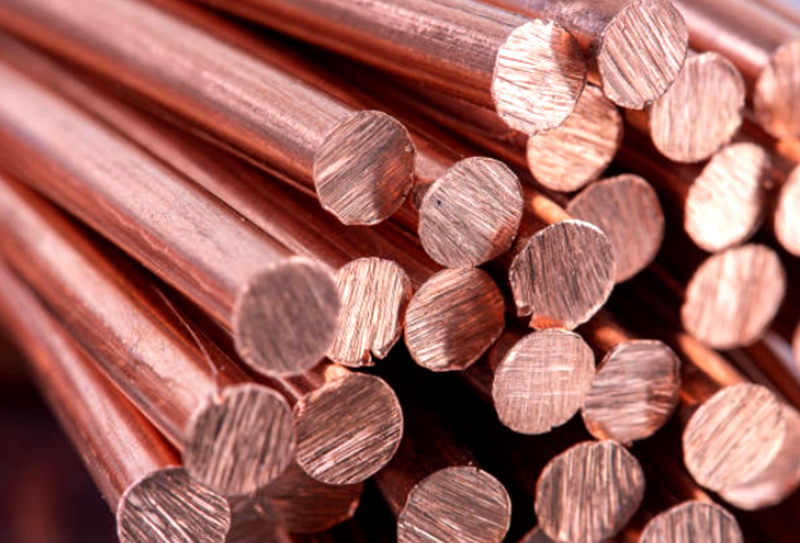
The Influence of Alloy Solution Selection on Die-Casting Molds
Aluminum alloy:
Commonly used in die casting, with good fluidity and low density, suitable for the production of lightweight and complex-shaped castings. The mold needs good thermal conductivity to ensure rapid cooling.
Zinc alloy:
Excellent fluidity, suitable for high-precision castings. Zinc alloy has less wear on the mold, but may have melting and sticking problems at high temperatures.
Magnesium alloy:
Low density, high strength, suitable for high-demand fields such as aerospace. The mold needs to be able to withstand high temperatures and prevent oxidation.
Copper alloy:
Although die casting is less used, the copper alloy has good strength and corrosion resistance, suitable for some special uses. The mold should consider wear resistance and high-temperature resistance.
Countermeasures
1. Choose the right mold material
High-temperature resistant materials:
For high melting point alloys (such as aluminum alloys), use high-temperature resistant mold steel (such as H13) to increase the service life of the mold.
Wear-resistant materials:
For alloys with severe wear, choose mold materials with strong wear resistance and perform surface treatment, such as nitriding, coating, etc.
2. Optimize mold design
Cooling system design:
Reasonably arrange cooling channels to ensure that the mold can be cooled quickly and evenly, reduce thermal deformation, and improve casting accuracy.
Gating system optimization:
Design reasonable pouring gates and risers to improve alloy fluidity, reduce bubbles and defects, and avoid solidification of alloys during pouring.
3. Control casting parameters
Temperature control:
Strictly control the melting and injection temperature of the alloy to avoid mold damage or alloy performance degradation caused by excessive temperature.
Pressure and speed:
Adjust the injection pressure and speed according to the fluidity of the alloy to ensure that the alloy fills the mold.
4. Monitor and maintain molds
Regular inspection:
Check the molds regularly to detect wear and damage in time, and repair or replace them to ensure the continuity and quality of production.
Cleaning and maintenance:
Keep the mold surface clean and perform regular maintenance to prevent impurities from accumulating and causing casting defects.
5. Conduct experiments and improvements
Small batch trial production:
Conduct small batch trial production before large-scale production to test the matching of molds and alloys, and adjust the design and parameters in time.
Data analysis:
Evaluate problems in the production process through data collection and analysis, and make continuous improvements.
OTHER CONTENT
-
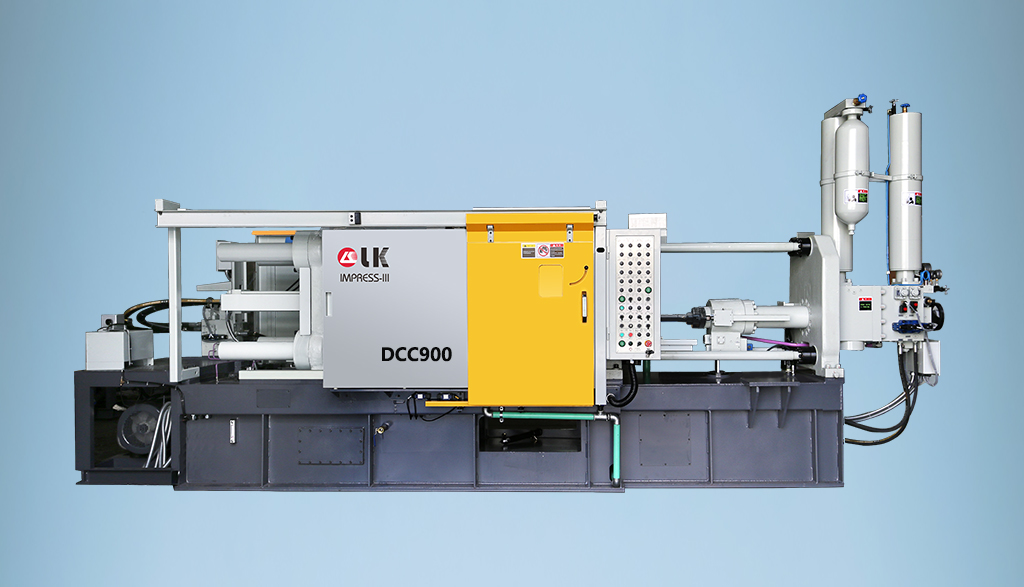
2024-09-19 14:16:15 LK Cold Chamber Die Casting Machine DCC900 Locking Force: 9000KN Die Height: 400-1000mm Space Between Tie Bars: 930x930mm Shot Weight: 13.5Kg Casting Area Max:2250c㎡
More -
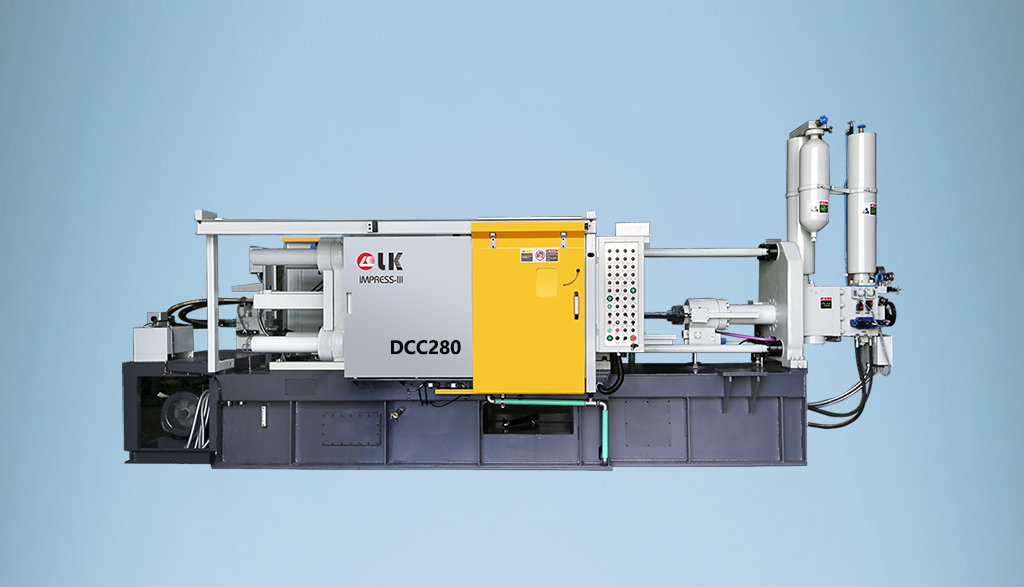
2024-09-19 14:11:06 LK Cold Chamber Die Casting Machine DCC280 Locking Force: 2800KN Die Height: 250-650mm Space Between Tie Bars: 560x560mm Shot Weight: 2.9Kg Casting Area Max:700c㎡
More -
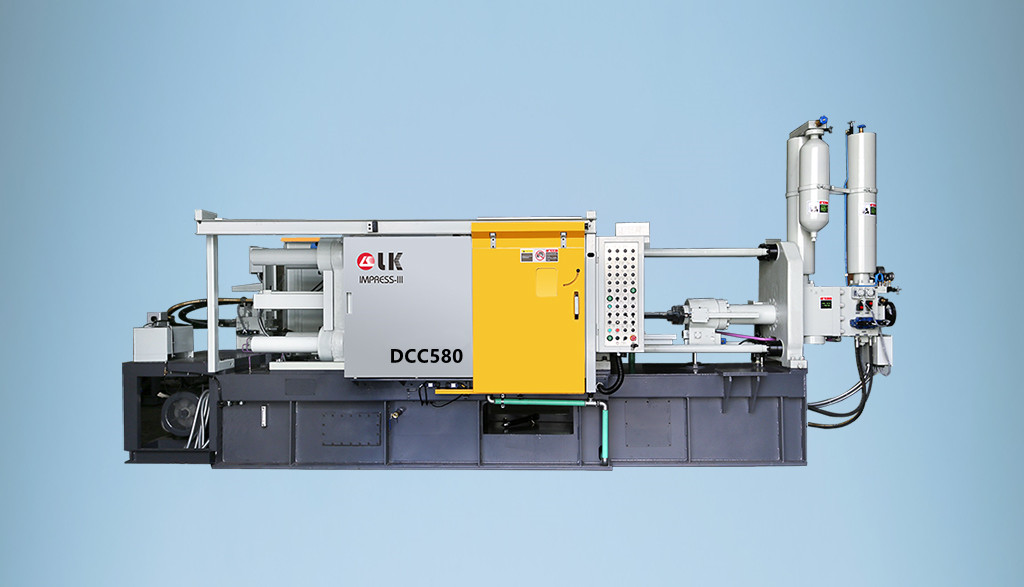
2024-09-19 10:23:07 LK Cold Chamber Die Casting Machine DCC580 Locking Force: 5000KN Die Heigh: 350-850mm Space Between Tie Bars: 760x760mm Shot Weight: 6.9Kg Casting Area Max:1250c㎡
More -
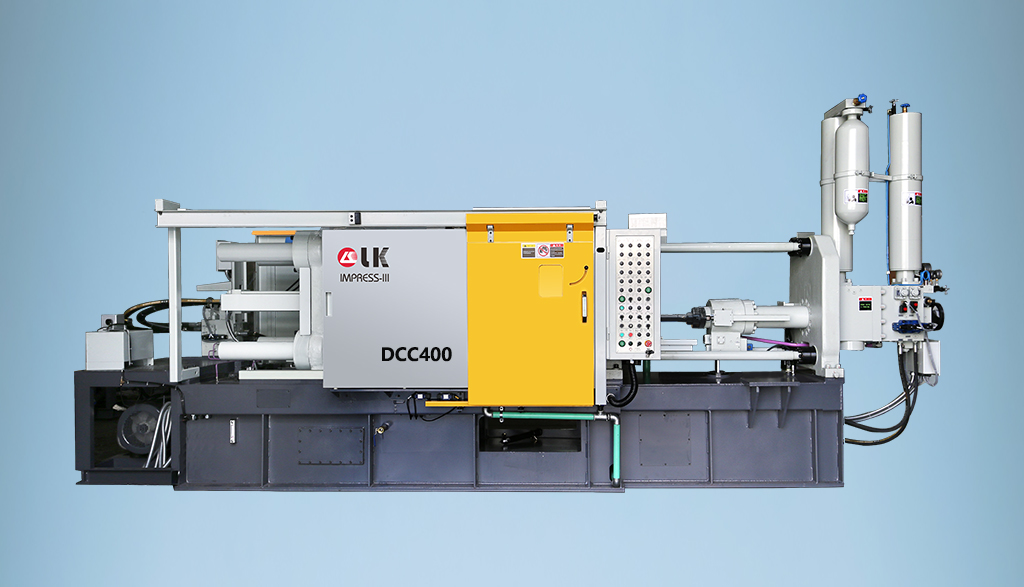
2024-09-19 10:11:20 LK Cold Chamber Die Casting Machine DCC400 Locking Force: 4000KN Die Height: 300-700mm Space Between Tie Bars: 669x669mm Shot Weight: 4.7Kg Casting Area Max:1000c㎡
More

